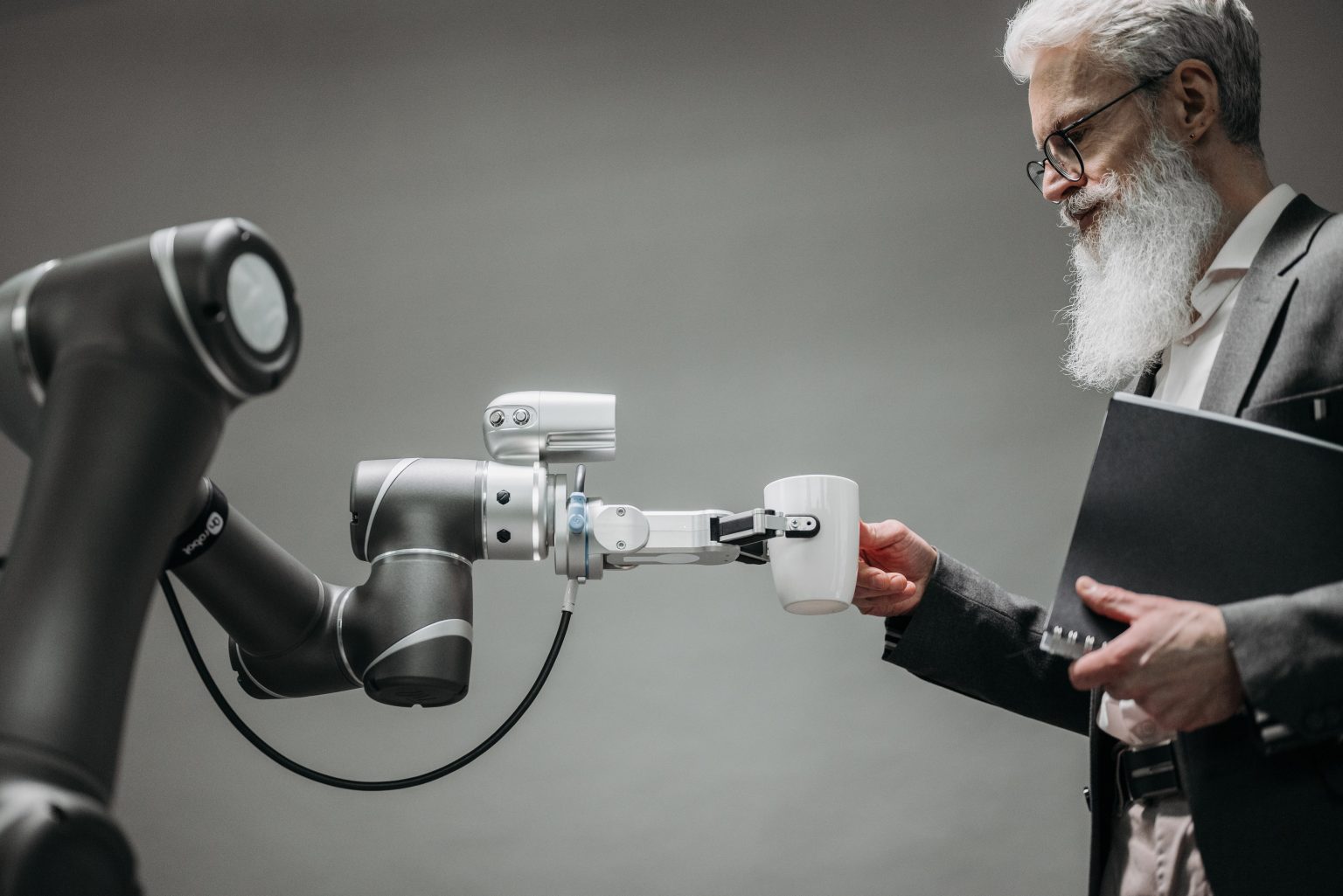Collaborative robot systems are advanced robotics technologies that allow mechanical creatures and human operators to communicate in previously unimaginable ways. Though collaborative robotics might fail to have a direct connection with casinos in the traditional sense, their usefulness within the gambling business has started emerging in areas such as customer service, security, and entertainment. Reputable casinos like Vulkan Vegas Online Casino in Austria are considering using them to contribute to security measures by monitoring areas, detecting irregularities, or even assisting in emergency situations.
However exciting the listing of the possible applications sounds, modern collaborative robotics introduces new hazards that must be addressed for each application. This blog will look into the nature of cooperative robots, industry safety requirements and best practices to identify and manage developing threats associated with collaborative machine usage.
The Evolution of Industrial Robot Safety: Integrating Collaboration and Risk Assessment
To protect their lives, workers were previously advised to keep a safe distance from industrial robot systems. This was achieved by employing safety precautions such as fences, as well as sensor-based equipment such as light curtains and safety laser scanners. These devices are designed to stop mechanical creatures if a worker approaches the specific area known as the “safeguarded space.”
Cooperative robots represent a significant advancement over old methods, which physically separate employees from industrial mechanical creatures. If a co-assistant robot system is properly installed, it can keep workers safe without the use of safeguards like fences or light curtains. It is important to emphasize, however, that risk assessment is a vital tool for safety in both collaborative and non-collaborative industrial robot systems. A rigorous task-oriented risk evaluation will determine whether precautions are necessary, even with coworker robot systems, and, if so, which preventive measures are acceptable and effective.
What Is a Collaborative Robot?
A co-worker robotic entity, or “cobot,” is a machine designed to help humans with a specific task or to allow them and robots to operate in the same workspace at the same time. As a result, it incorporates unique design characteristics that make working with robots safer. Several technological advancements in recent years have broadened the sphere of safety for cobots. These advancements involve outfitting the industrial robot arm with numerous functionalities tailored to the specific requirements of the task at hand.
Differences in Collaborative and Non-Cobot Cell Protection
When compared to traditional industrial robot cell configurations, introducing a cobot cell without perimeter guarding offers various advantages. Some of the benefits worth mentioning here are:
- Lower security costs;
- Better space utilization, allowing employees to take on more value-added roles;
- Partial automation of tasks that need human intervention.
Current Industrial Applications of Collaborative Robotics
Tasks and processes that are boring, filthy, or risky are suitable candidates for robotics usage in the domain of industrial automation. When considering the integration of co-robots (cobots), it is important to choose tasks that are suited for joint operations. Cooperative machine applications can only be utilized for pre-defined activities when the necessary safeguards are in place and when robots with certain features are deployed.
Voluntary Industry Consensus Standards
The term “voluntary industry consensus standards” (also known as “standards” in this context) refers to publications that represent the collective knowledge of experts in a particular subject or domain. These standards contain the widely acknowledged and current standards of practice in the industry. Typically, these principles undergo revisions approximately every 5 to 10 years, aligning with the evolution of technology. Researchers who work utilizing these standards can identify areas of potential research value. They help improve future versions of these principles by providing quantitative data and conducting well-designed research.
The Importance of Risk Assessment in Ensuring the Safety of Collaborative Robot Systems
Although it is frequently asserted that “co-robots are safe,” this notion leads to the misconception that when creating a collaborative machine application, risk assessment, and protection are not required. The robot’s inherent safety is not guaranteed upon first setup; instead, the machine is provided with intrinsic features that, when correctly implemented, provide added layers of protection alongside any external safeguarding methods inserted into the application. The commonly held belief behind the phrase “Collaborative machines are safe” is that these robots are equipped with qualities that allow safer interactions between humans and technology. However, to assure complete safety, these qualities must be effectively exploited within the context of each application.
Better Tomorrow: Human-Robot Safety Research and Standards!
The combination of voluntary industry consensus standards and complementing technical reports is a great resource for developing rules and guidelines to protect the safety of people near industrial robotics, including cooperative robot systems. These standards, technical specifications, and reports can benefit from insights gained from published research in their respective disciplines. Further research in this field is possible, particularly in the region of power and force limits applicable to distinct parts of the human body. This study is critical to reducing the risk of harm and discomfort caused by interactions between people and robotic systems.



